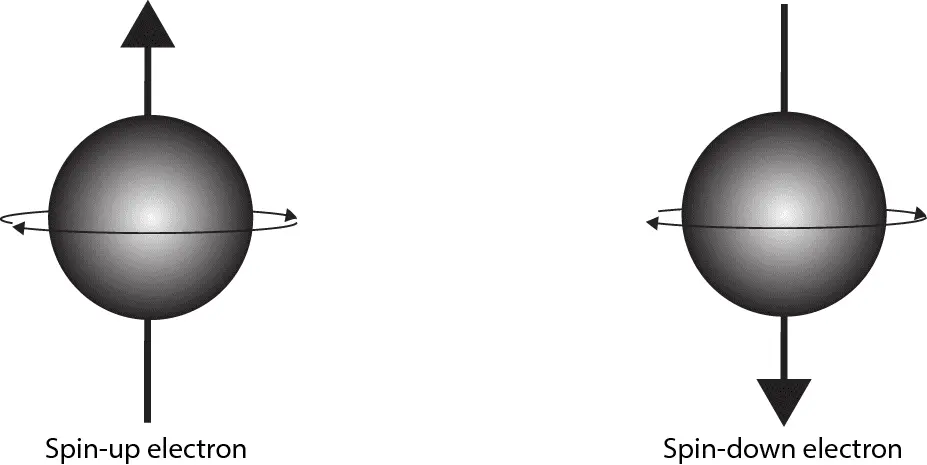The answer to these questions is "Quantum Internet - Internet of Future".
There are lots of reasons behind saying it is the Internet of Future.
But before knowing the reasons, we should first understand - "What is Quantum Internet?".
So, According to some experts,
The quantum internet is a network for transmitting qubits between distant locations.
Hmm..., What are Qubits???

Let me explain,
When we use our classical computers, our information (more specifically our data) is processed or transferred in the units of 1 or 0, called "Bits". But in the case of quantum computers, it uses 1 or 0 or both at the same time (superposition state), named "Qubits"(sometimes quantum bit or qbit).
Qubits are far more different from traditional units of information.

An electron spins in an atom. It has two spins: up spin and down spin. When the electron spins up, it is 1 bit. When it spins down, it is 0 bit.
Now, What if our electron spins both up and down at the same time.
.
.
.
Weird...Huh???
This is the case where quantum mechanics enters. When the electron shows both spins at the same time, they are said to be in a coherent superposition of both 0 and 1, i.e. 0 and 1 at the same time.
Due to this superposition state, it can store two bits of information.
Now, How to transfer our information between qubits?
The answer to this question is too much tricky. But researches at the Institute of Photonic Sciences(ISCO), Spain somehow managed to find the answer. They used a photon encoding technique called time-bin encoding, which is good at preventing the interference.
 |
After that our qubit was encoded in a single photon of a very narrow wavelength of 780 nanometers.
It was successfully transferred to the receiving node (which was a crystal doped with the ions of Praseodymium atom) by converting it to a wavelength of 606 nanometres. The qubit was held for around 2.5 microseconds.
Last year, the World's first quantum communication satellite was launched by China, After that achievement, they managed to store information using quantum memory and planned to boost Beijing-Shanghai Internet. Jian-Wei Pan (father of quantum) was the leading effort maker in this mission and he expects that global quantum network could exist by 2030.
So, What are the pros and cons of our future internet???
The biggest pros of our Quantum Internet is its security. If two qubits are entangled with each other then the third qubit can't access it at any cost. But the cons are also here, quantum computing can be used to do highly vulnerable tasks.
Till today, Even if Humans have achieved the Quantum Supremacy, we are far from it.
Thanks for reading.
Read more:
Important things about COVID-19
NASA announces to launch a mission on Titan
How NASA makes 3D visualization of an exploded star
